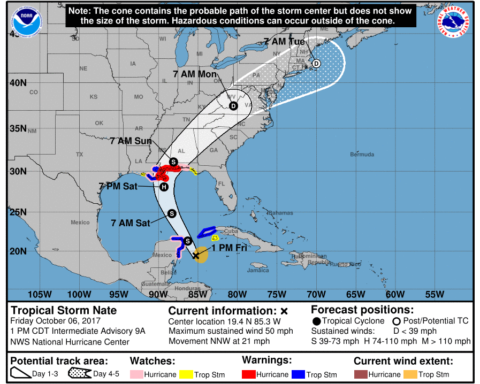While Floridians made economic strides last year, the state still lags behind the rest of the nation on important economic indicators, according to new figures released Thursday by the U.S. Census Bureau.
Three Florida cities had the lowest median household income last year among the nation’s 25 largest metro areas, and Florida had one of the highest measures of economic inequality in the nation, according to the 2015 American Community Survey figures.
Florida had a median household income of $49,426 in 2015.
While that’s an increase of more than 4 percent over what it was 2014, it still lags behind the nation’s median income of $55,775 and it was only the 38th highest in the nation.
Tampa, Miami and Orlando had the lowest median household income among the nation’s 25 largest metro areas. Tampa had a median household income of $48,911; Miami’s was $50,441, and Orlando’s was $51,077.
The structure of those metro areas’ economies – with numerous service sector and hospitality jobs – weighs down the median income compared to other metro areas around the nation. But Florida also got a later start in the recovery from the Great Recession than the rest of the nation, due to the state being among the worst hit by the housing crisis, said Sean Snaith, an economist at the University of Central Florida in Orlando.
“This could be that the catch-up hasn’t taken place yet,” Snaith said.
Florida’s wealthiest households were in the retiree-heavy metro areas of Naples and Sarasota. The median household income was $62,126 in metro Naples, and it was $53,698 in the Sarasota area.
The smallest household income was in two inland communities centering rural areas. Sebring had a median household income of $34,242, a slight decline from the previous year, and Ocala had a median household income of $40,050, basically unchanged from the prior year.
Florida also had one of the nation’s highest economic inequality measures. Only New York, Connecticut, Louisiana and California had higher Gini indexes, a measurement used by the Census to gauge inequality. The higher the Gini score, the higher the inequality. Utah had the lowest Gini score in 2015.
The inequality in Florida is exacerbated by the disparity between low-wage service workers and large number of retirees whose income comes from investments and equities. The value of homes, the most valuable asset for most Floridians, hasn’t returned to pre-bubble numbers, although it has improved significantly from the depths of the housing bust.
“Affluent retirees who decided to retire based on their portfolio values have had a tremendous run during the economic recovery. Financial assets have greatly exceeded where they were before the financial crisis,” Snaith said. “For those people whose home is still their nest egg, it’s still a Humpty Dumpty state. It still hasn’t been made whole.”









